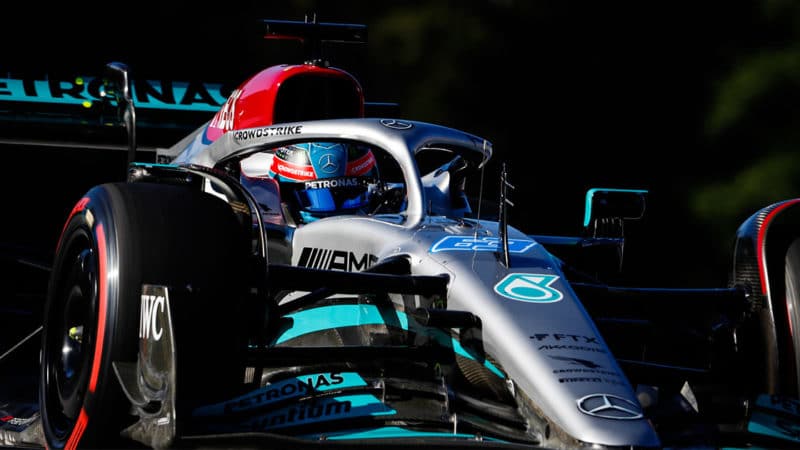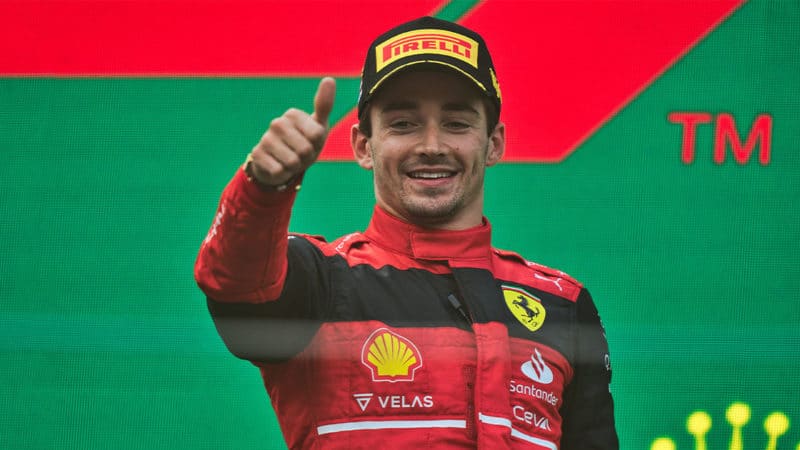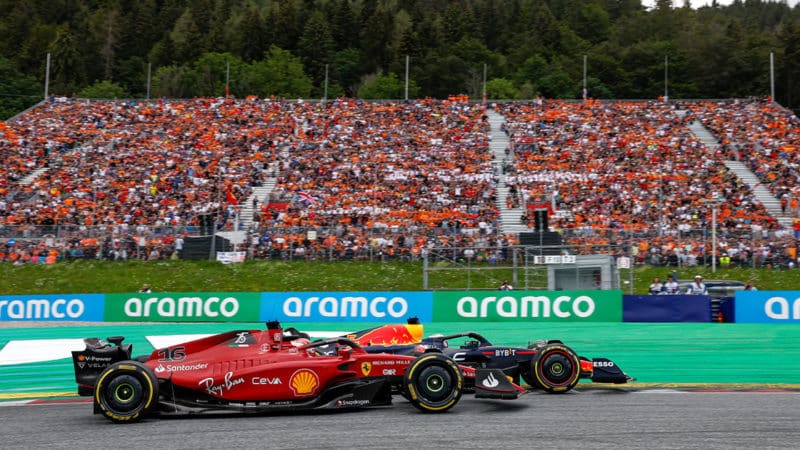All that Ayrton had done wrong at that moment was to demonstrate extraordinary talent in winning a hatful of races over the previous two and a half seasons. And this, remember, was a Formula 3 race, not a capacity crowd at a Grand Prix. You couldn’t blame any dumbing down from the Netflix effect… This was supposed to be a sporting, British motor racing crowd, don’t you know. I don’t think we should get too holier-than-thou about Max’s orange army. It’s not two weeks since Verstappen was being roundly booed at Silverstone. Inevitably, given Abu Dhabi and a number of ’21 incidents, there’s a bit of British / Dutch needle.
Which is all very well and adds to the pantomime atmosphere until it spills over and becomes ugly. Which is very much what happened when a young woman had her skirt lifted and suffered misogynistic and racist abuse for the crime of being a Lewis Hamilton fan amid a sea of Verstappen supporters. Great to see that Mercedes responded quickly and brought her into their garage for a privileged Sunday.
Those issues are societal problems and while it’s right and proper that those with a profile should use it to promote awareness for the common good, it’s going to take a lot more than famous sportsmen to right global wrongs. But how do we solve problems that prompted an intelligent, rational man like Sebastian Vettel to walk, frustrated, out of a drivers’ briefing?
Confusion over F1’s overtaking rules
There’s been annoyance at inconsistent rule application for some time, and it came to a head at Silverstone when a number of drivers felt that guidelines over what was and was not acceptable regarding permitting racing room, was not adhered to. Before the drivers’ briefing proper had even started in Ausria, Vettel had listened to different opinions going around in circles and decided he’d had enough. To his credit, he did later go back and have a sensible conversation with the race director on the topic. His €25,000 suspended fine was for breaching the rule requiring driver attendance at the full briefing (for safety reasons) and not for any lack of interest or co-operation.
I must confess to having watched the sport for nearly 55 years and now not knowing what you can and can’t do in a motor race. If you’ve done any kind of racing at all – karts, whatever – it used to be fairly intuitive. These guys all have so much competition experience from an early age that racing is pretty much instinctive.
Simply, it used to be that if you put yourself alongside someone on the outside of a corner, you were pretty much appealing to his better nature and, if it didn’t come off, more fool you. Remember James Hunt to Mario Andretti, “We don’t pass on the outside in F1.”

Russell called his Austria penalty “harsh”
Mercedes
Outside passes didn’t used to happen very often. They were nigh on impossible unless the guy you were trying to pass got a lousy exit from the previous corner, or else the straight was long enough to pick up an enormous tow. But we’ve complicated it all with DRS. For the last decade, you’ve had the car behind arriving with a much greater speed delta when the leading guy has not made an error, and consequently being able to get much further alongside, if not completely past, before the turn-in point. Which means going deeper into the corner to defend him. Which often means two cars on the absolute limit of adhesion. We saw a perfect illustration with George Russell and Sergio Perez in Austria. Even if George wanted to give Sergio racing room, he no longer had the grip.
Okay, easy, you say: George’s fault and he gets a penalty, which is what happened. But judging it is not easy. Was Sergio too optimistic? We don’t know because we’ll never know if he’d have made the corner still on the grey stuff. Every circuit has a different DRS delta and hence different closing speed. As Russell eloquently said, the ’22 rules do not factor in the dynamics of a racing incident.


